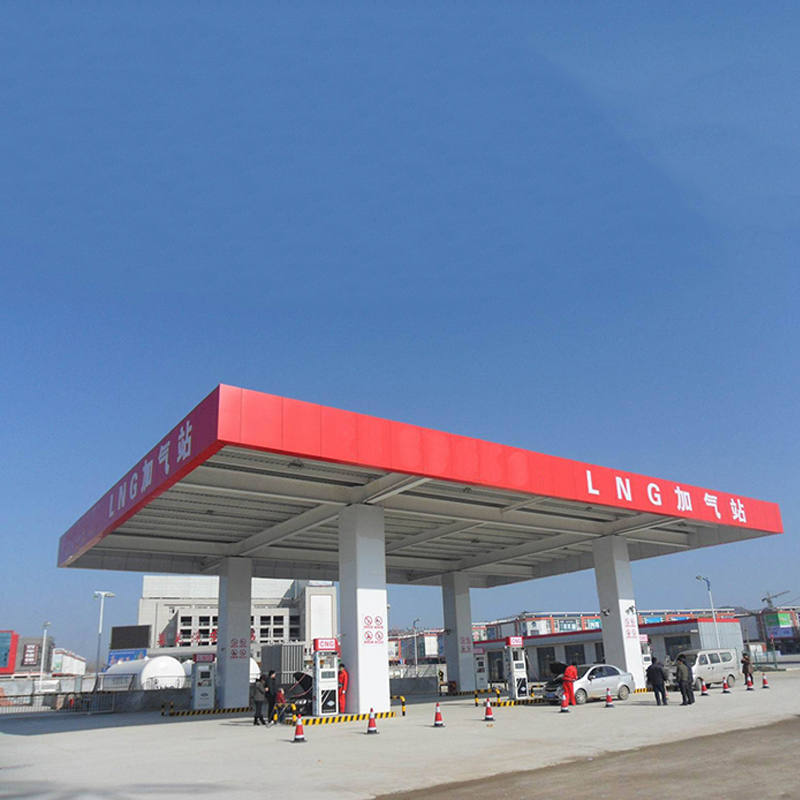
Dec . 04, 2024 07:25
Back to list
Understanding the Importance and Function of Safety Relief Valves in Industrial Applications
Understanding Safety Relief Valves A Crucial Component in Industrial Safety
Safety relief valves play a critical role in maintaining the integrity and safety of various industrial systems. These devices are essential in preventing overpressure conditions that could lead to catastrophic failures, explosions, or hazardous leaks. To comprehend their importance, it is vital to understand how they function, where they are used, and the standards governing their operation.
What is a Safety Relief Valve?
A safety relief valve is a type of pressure relief device designed to protect equipment and piping from excessive pressure. When the pressure within a system reaches a predetermined level, the valve automatically opens to release the excess pressure, ensuring safe operation. Once the pressure returns to a safe level, the valve closes, preventing any further loss of gas or fluid.
These valves are used across various industries, including oil and gas, chemical processing, energy, and pharmaceuticals. They are often found in boilers, pressure vessels, pipelines, and storage tanks where pressure levels must be closely monitored and controlled.
How Do Safety Relief Valves Work?
The functioning of a safety relief valve primarily relies on balancing the pressure inside the system with a pre-set spring force. The valve consists of a seat, a disc, and a spring. Under normal operating conditions, the spring keeps the valve closed. As the internal pressure increases and surpasses the set pressure, the force acting on the disc overcomes the spring force, causing the disc to lift off the seat. This action allows the fluid or gas to escape, thus relieving pressure from the system.
Once the pressure drops back to a safe level, the spring force pushes the disc back onto the seat, resealing the valve. This automatic operation ensures that the system remains within safe pressure limits without manual intervention.
Importance of Safety Relief Valves
Safety relief valves are essential for numerous reasons
safety relief valve

1. Prevention of Equipment Damage Excessive pressure can cause severe damage to vessels, pipes, and machinery. Safety relief valves mitigate this risk by providing an outlet for excess pressure, thus protecting critical infrastructure.
2. Human Safety The protection of human life is paramount in industrial settings. Safety relief valves help prevent dangerous overpressure situations that could lead to explosions or toxic gas releases, thereby safeguarding workers and surrounding communities.
3. Regulatory Compliance Many industries are subject to stringent regulations regarding pressure control and safety standards. Installing and maintaining safety relief valves ensures compliance with these regulations, thereby avoiding legal issues and potential fines.
4. Operational Efficiency By preventing overpressure conditions, safety relief valves contribute to smoother operations. This efficiency can lead to reduced downtime and associated costs, positively impacting the bottom line.
Standards and Maintenance
Several organizations, such as the American Society of Mechanical Engineers (ASME) and the National Board of Boiler and Pressure Vessel Inspectors, provide guidelines and standards for the design, installation, and maintenance of safety relief valves. Compliance with these standards is crucial to ensure reliable performance.
Regular maintenance of safety relief valves is also vital for their proper functioning. This includes routine inspections, testing, and necessary repairs or replacements to make sure that they operate as intended. Documentation of these activities is essential for compliance and operational integrity.
Conclusion
Safety relief valves are indispensable components in various industrial systems. By understanding their function and importance, organizations can better appreciate the role these valves play in promoting safety and operational efficiency. As industries continue to evolve, the design and technology of safety relief valves will also advance, ensuring that they remain reliable guardians against the dangers of overpressure. Investing in the right safety relief valves and adhering to maintenance protocols is a proactive step towards safeguarding people, equipment, and the environment from the risks associated with high-pressure systems.
Latest news
-
Safety Valve Spring-Loaded Design Overpressure ProtectionNewsJul.25,2025
-
Precision Voltage Regulator AC5 Accuracy Grade PerformanceNewsJul.25,2025
-
Natural Gas Pressure Regulating Skid Industrial Pipeline ApplicationsNewsJul.25,2025
-
Natural Gas Filter Stainless Steel Mesh Element DesignNewsJul.25,2025
-
Gas Pressure Regulator Valve Direct-Acting Spring-Loaded DesignNewsJul.25,2025
-
Decompression Equipment Multi-Stage Heat Exchange System DesignNewsJul.25,2025

